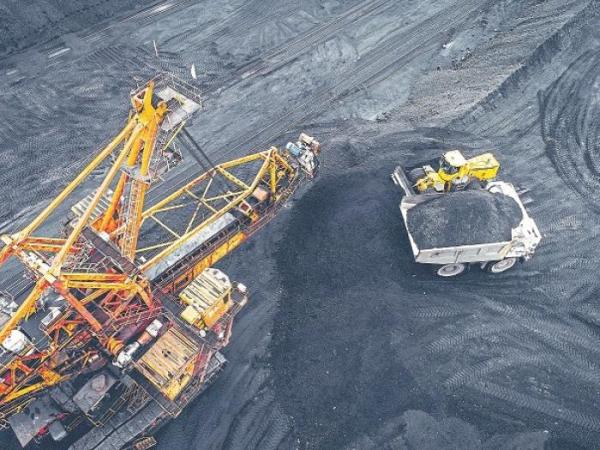The national government filed between Monday night and Tuesday morning the document for the second presentation of the tax reform. Some of the changes were already known due to government announcements or there have been no substantial changes in other points.
(What changes does the tax reform have for the second debate).
Compared to the first document presented, this article presents a modification to how the rent surcharge is calculated for companies in the mining and energy sector. For example, for the extraction of coal (stone coal) and lignite coal, a methodology was established that when the average price of the taxable year is below the 45th percentile of the monthly average prices of the last 120 months prior to the taxable year, no will be applied on rate. But if the average was between the 45th and 60th percentile, 5% will be applied; and when it is above the 60th percentile, the rate applied will be 10 percentage points higher (45%).
In this regard, Carlos Cante, president of Fenalcarbón warned that “The new formula does not establish any differentiation between the types and qualities of coal that are produced, between thermal and metallurgical. On the contrary, with this new formula, interior coal would be penalized even more”.
(Ultra-processed products that reach the second tax debate).
He pointed out that for this very reason, the calculation would lead to the overrate always being 10% and not the lower rates, so reinvestments in the sector would be reduced; would have effects on productivity and eventually on employability.
In the case of income from oil companies, the document establishes rates of 5%, 10% and 15%.
When the average price of the respective taxable year is below the 30th percentile of the average monthly prices of the last 120 months, 0 points of surcharge will be applied; if it is between 30 and 45 it would be 5%; in the case of being between 45 and 60, 10% will be applied, and when it is greater than 60, 15% will be applied.
Among the changes is that the international reference price will not be WTI but Brent, which had been one of the sector’s requests.
One of those that was a big change for the sector is that hydroelectric plants would also be subject to a 3% surcharge between 2023 and 2026. Spokespersons from the sector have indicated that this would have a negative effect on energy rates. Camilo Sánchez, president of Andesco, explained that this could go against the progress made with the renegotiation of energy contracts.
It should be remembered that in Colombia, more than 70% of the energy is produced with hydroelectric plants.
However, the same article states that “The surcharge established in this paragraph may not be transferred to the end user. The foregoing considering the competition regime defined for each stage of the value chain of the provision of electric power service.”
Non-deductibility of royalties
One of the points that was maintained between the first article and this one is that royalties cannot be deducted from income tax. Although the unions pointed out that this is a practice carried out in other countries, the Government decided not to modify this. Now the mining and energy companies will not be able to subtract them from their income tax, on which the new surcharge calculation will also apply.
These two factors added together would make the sector less competitive, which would lead to less investment and, in the medium and long term, fewer jobs.
“The prohibition of deducting royalties generates a fictitious rent that can suffocate the mining sector in circumstances of normal prices that, combined with a surcharge on rent, makes it less competitive and therefore viable in the long term,” said Juan Camilo Nariño, president of the ACM.
BRIEFCASE
















